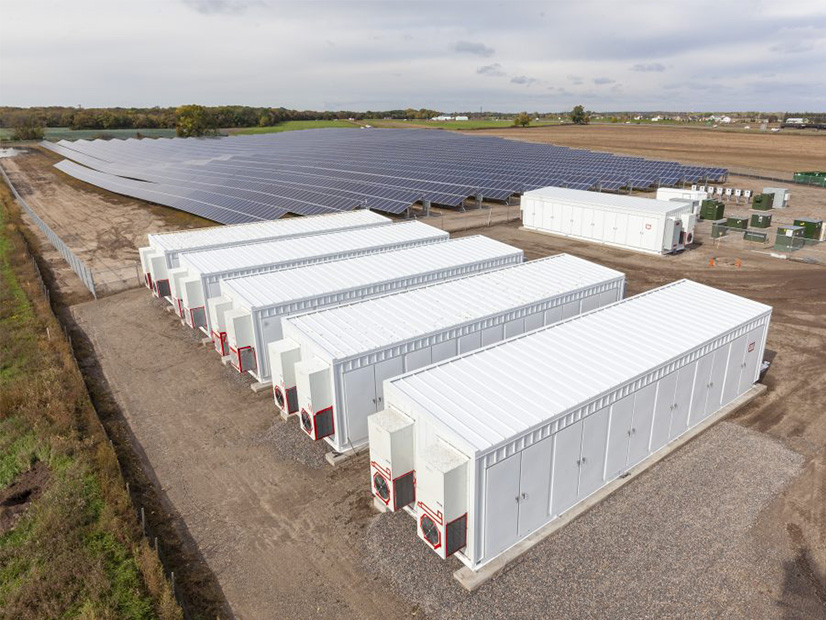FERC last week gave MISO a hall pass on ensuring offline energy storage resources (ESRs) can furnish certain types of energy reserves.
Thursday, the commission granted the RTO both a temporary waiver and removal of tariff language that states offline storage resources can provide supplemental reserves or short-term reserves. The waiver is effective Nov. 23, 2021, and the tariff edits took effect Dec. 7 (ER22-461 and ER22-462).
MISO said that in implementing its new short-term reserve product late last year, it discovered that its markets cannot clear those reserve offers from energy storage resources, which currently only participate as either Stored Energy Resource Type II (SER Type II) or Demand Response Resource Type II (DRR Type II).
The grid operator said since its systems currently cannot track energy storage’s state of charge, it can’t detect whether those storage assets are offline.
SER Type II is a temporary resource designation created in 2017 for use until no later than 2023, when MISO should have a full participation model in place for storage under FERC’s Order 841. SER Type II was modeled after MISO’s existing DRR Type II. (See FERC OKs MISO Plan to Expand Storage.)
The RTO has committed to phasing out SER Type II “soon after” storage resources have access to full market participation under MISO’s Order 841 compliance design. The grid operator will begin registrations for storage assets in early June and open full market participation to them sometime in September.
MISO said it would be “extremely complicated, costly and time-consuming to explore, develop, test and install a software solution” that would allow offline storage to provide short-term and supplemental reserves until its full storage participation model is up and running.
FERC called the waiver an “appropriate interim solution.”
The Solar Energy Industries Association (SEIA) protested MISO’s plan, arguing that it “must compensate offline storage resources for the services those resources provide.”
But the commissioners agreed that MISO shouldn’t have to incur steep costs and man-hours creating a temporary fix. It also said the RTO seemed to have acted in good faith.
“We disagree with SEIA’s arguments that MISO’s proposed tariff revisions are an attempt to limit storage resources’ ability to participate in the markets. We note that, in fact, MISO’s proposed tariff revisions are a temporary measure until such time when [energy storage resources are] fully integrated in MISO’s markets,” FERC said.
MISO’s short-term reserve product went live Dec. 7. It’s meant to source energy within 30 minutes where needed from both online and offline resources, while accounting for real-time transmission constraints. (See MISO Begins Software Build on Short-term Reserves.)
The grid operator has said the reserves will reduce make-whole payments, cut down on out-of-market commitments, make market pricing more transparent, and provide pricing signals that encourage a greater number of fast-start resources that can meet voltage and local reliability requirements more cheaply.




